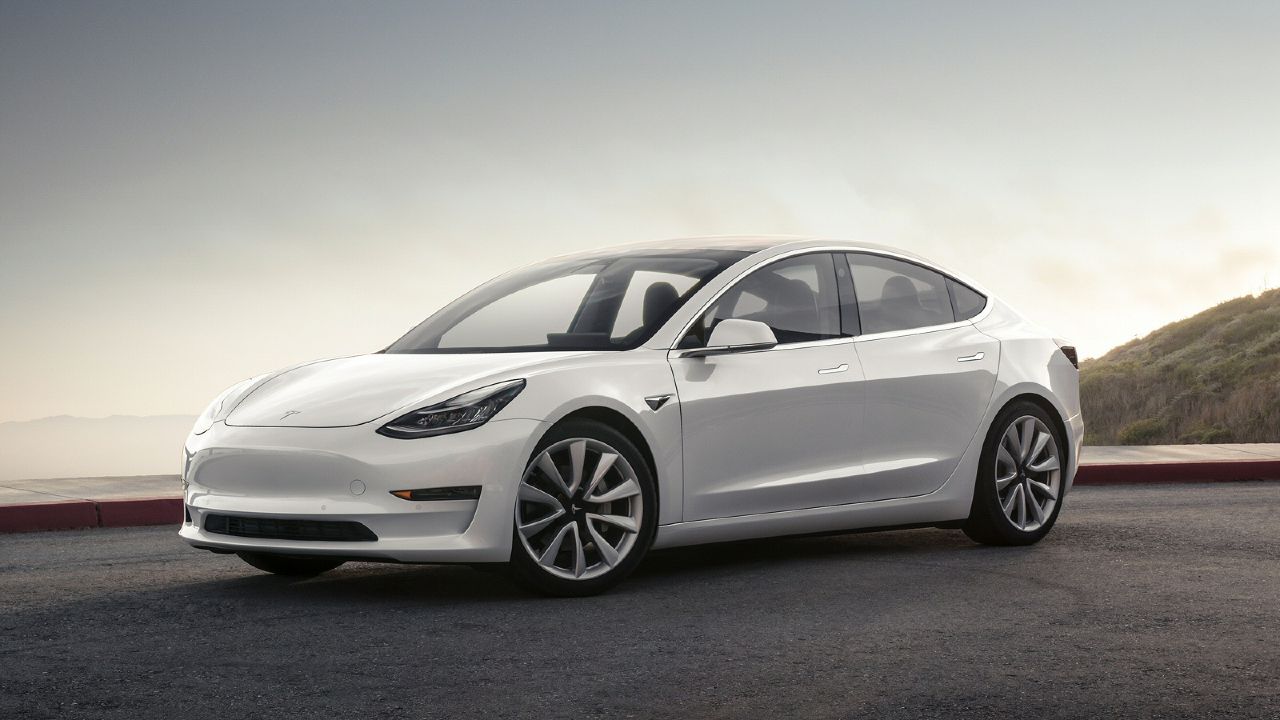You might have read that electric cars can tip the scales at noticeably higher weights than their petrol or diesel equivalents. And it’s true – the main requirement to accelerate a car swiftly from standstill to motorway speeds (and even beyond) is having plenty of power and when it comes to an all-electric vehicle that power has to be stored in a big bank of battery cells. So many cells, in fact, that together they can add as much as 30% to the overall weight of the car compared to a combustion-engined equivalent.
So Why Do Electric Cars Need To Weigh More?
It’s the ability to release barely unimaginable amounts of energy from a tiny quantity that has been petrol’s greatest attribute and the reason it has powered our cars for over a century.
If you want to picture how much punch it can pack, try and get your head round this fact: you only need to explode a tiny cloud of the stuff inside an engine to release enough power to push two tonnes of metal up a hill. So it’s clearly incredibly potent, but that power comes at a price: pollution.
Which is why the world is quickly moving away from internal combustion engines and towards zero emissions vehicles that can provide equivalent performance but with less impact on the environment.
An electric car’s battery cells are the equivalent of a petrol car’s fuel tank and you need to pack plenty of them into a car to store enough power to move it along at sensible speeds for anywhere up to 400 miles.
So while a petrol or diesel car can cover hundreds of miles with 60 kilos of fuel on board, in a big electric car like a Tesla Model X or Audi e-Tron you need to carry well over 500 kilograms of batteries to do likewise.
Electric Cars Are Engineered To Be Safe And Practical, Too…
So we can see that to match the energy density of petrol or diesel, electric cars need to be loaded up with plenty of batteries – but they also need to be able to carry them safely. That means that all those individual battery cells on board need to be packed together in an incredibly strong ‘safety structure’ which is engineered to withstand serious crash impacts.
That cell is typically shaped into a long, flat deck or ‘skateboard’ that can run almost the entire length of the car beneath the seats. Putting the battery pack there actually has several advantages. Firstly, by getting the weight as low as possible in the car it actually reduces the centre of gravity, which means that electric cars are proving to be more stable and less likely to roll over in a serious accident.
Having the car’s powertrain underneath the cabin also frees up of lots of space where engines, fuel tanks, petrol pumps, gearboxes and more used to be. Car designers are utilising that freedom to make the new breed of electric cars more practical, with loads of additional storage space and larger, more roomy interiors.
But Don’t Think That More Weight Means Less Performance
While it is true that, all things being equal, less weight means cars can use their power more efficiently, there are some huge advantages to electric cars that more than offset the disadvantages of carrying that extra weight.
Anyone who has tried an electric vehicle will have been amazed at the responsive of the electric powertrain – whether they’ve been behind the wheel of the smallest urban runaround like a Renault Zoe or a performance-oriented sportscar like a Porsche Taycan. That’s because – whatever car you’re in – using electricity to push it along provides instantaneous response from the electric motors that actually move it.
In a combustion engine you need to make sure that it is working at the right revs and in the right gear to extract the most performance. Electric cars work very differently. Their motors are able to provide maximum performance whenever called upon – which translates into impressive acceleration – and (bar the most expensive sportscars like the Porsche) they don’t need even gearboxes to handle the power. So they are smooth, fast and effortless.
Will Electric Cars Get Lighter In The Future?
The answer to that is undoubtedly yes. Research shows that for every 10% in weight reduction, cars enjoy between 6 and 8% more fuel economy. That means car makers are working hard to introduce new lightweight materials that will eventually bring the overall weight of a car closer to what we have been used to driving.
Today’s cars, like the new Porsche Taycan, are using the latest composite materials to keep weight down. Going forwards we can expect to see the widespread introduction of metals like magnesium – which is 75% lighter than steel and 100% recyclable – to reduce the weight of a car’s chassis and many of the parts that are attached to it, like suspension and wheels. Lightweight magnesium batteries are also another area of research for a technology that, if successful, could provide longer range and even more stable charging.
So if you’re looking for state-of-the-art engineering in the latest electric cars – including Porsche’s amazing Taycan – then take the weight off your feet (sorry!) and look no further than our Electric Car Leasing section, where you will find the best deals across all kinds of EVs.

